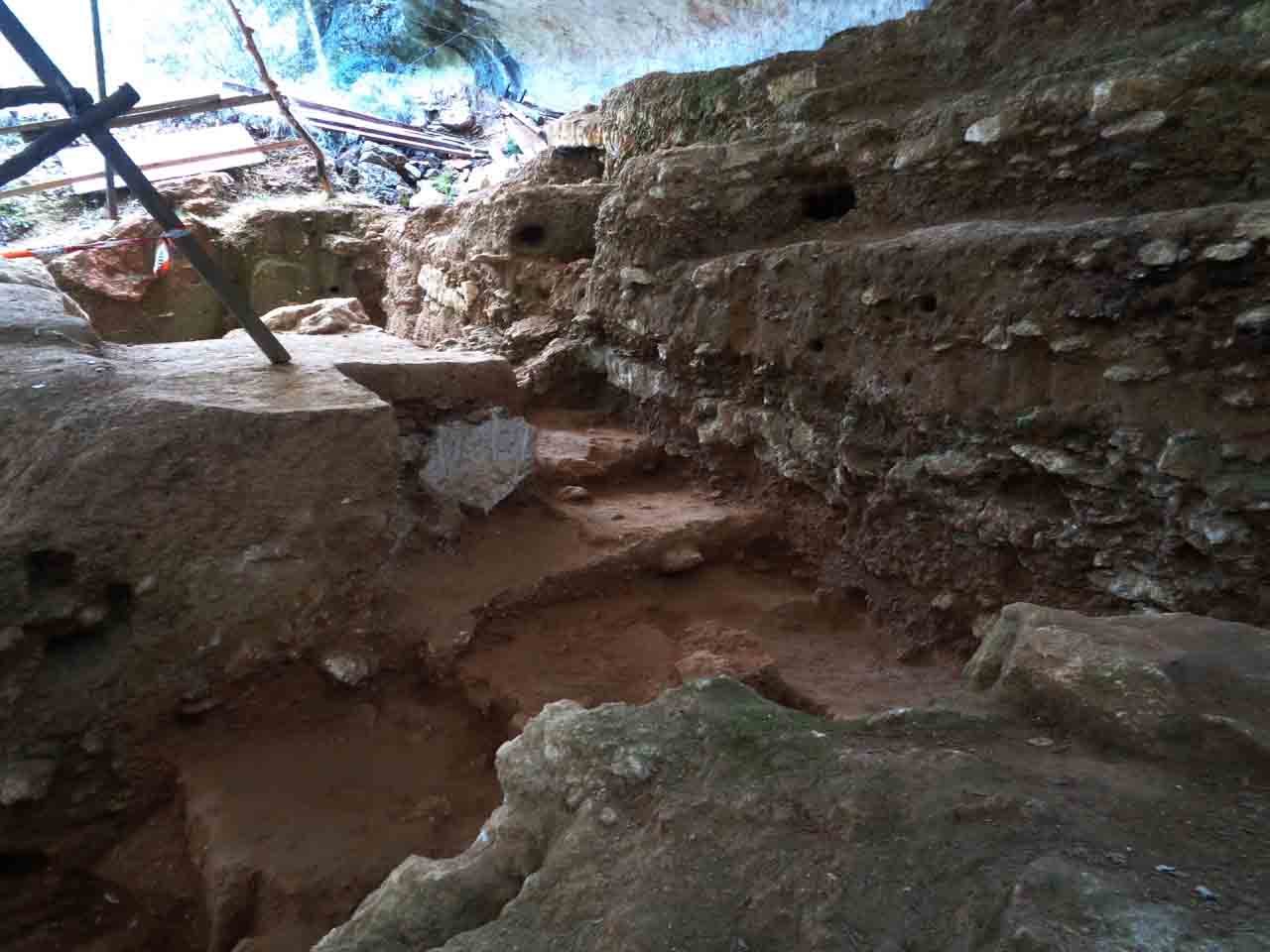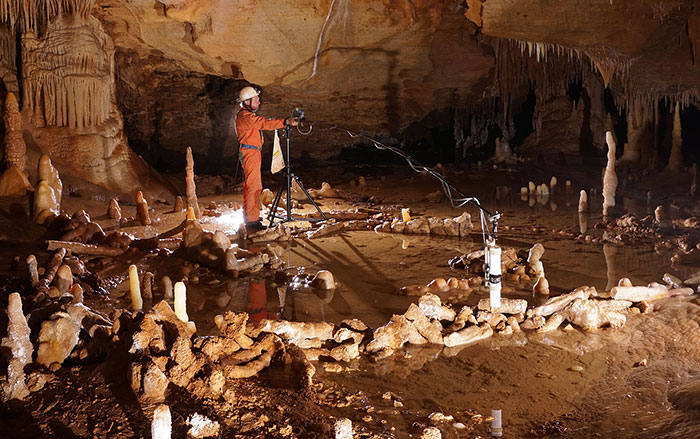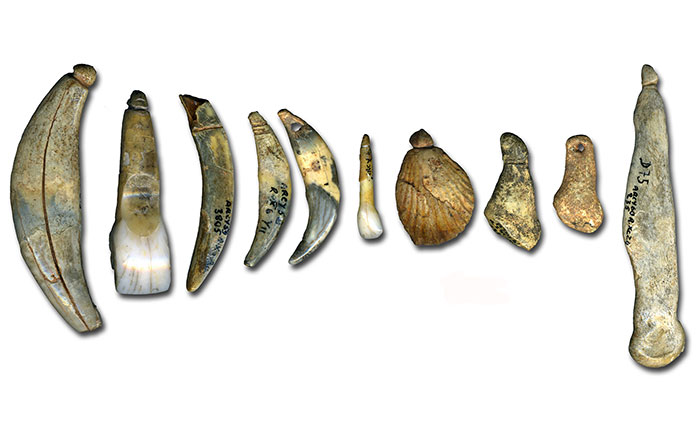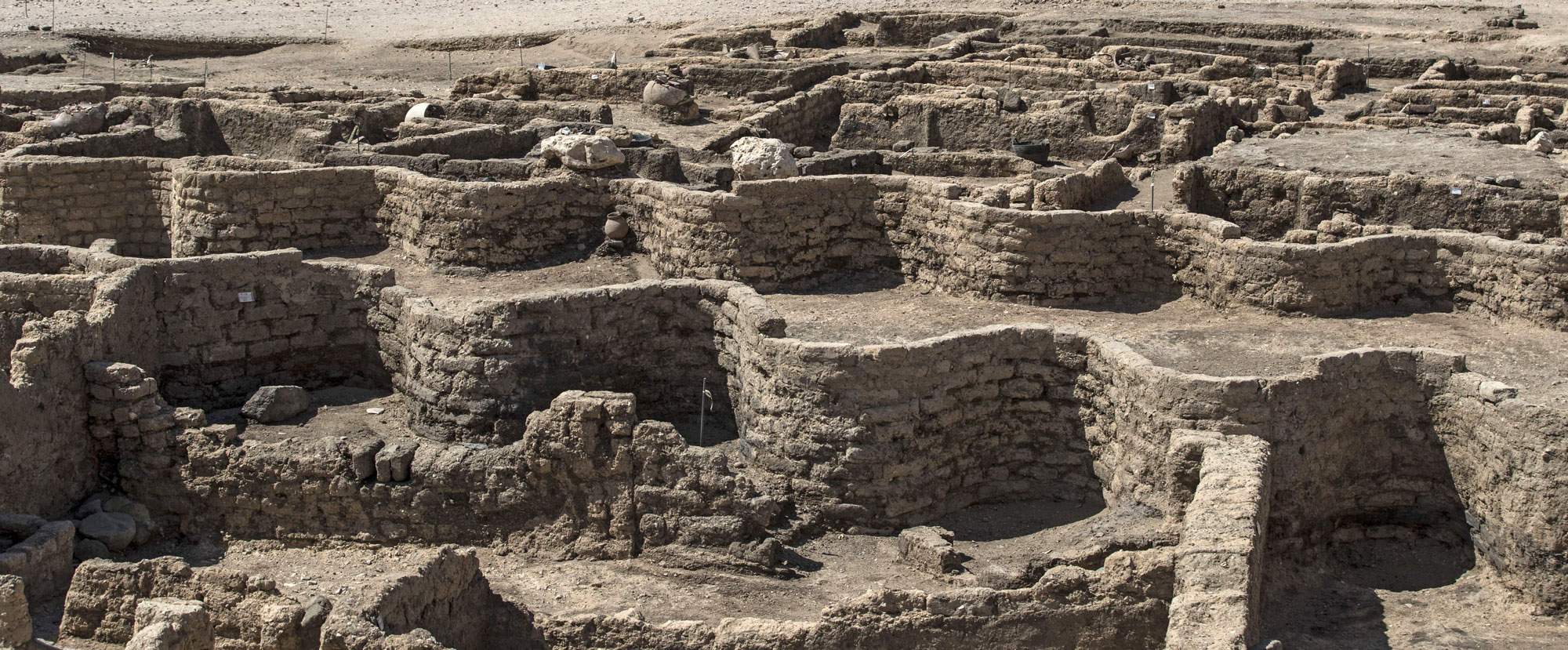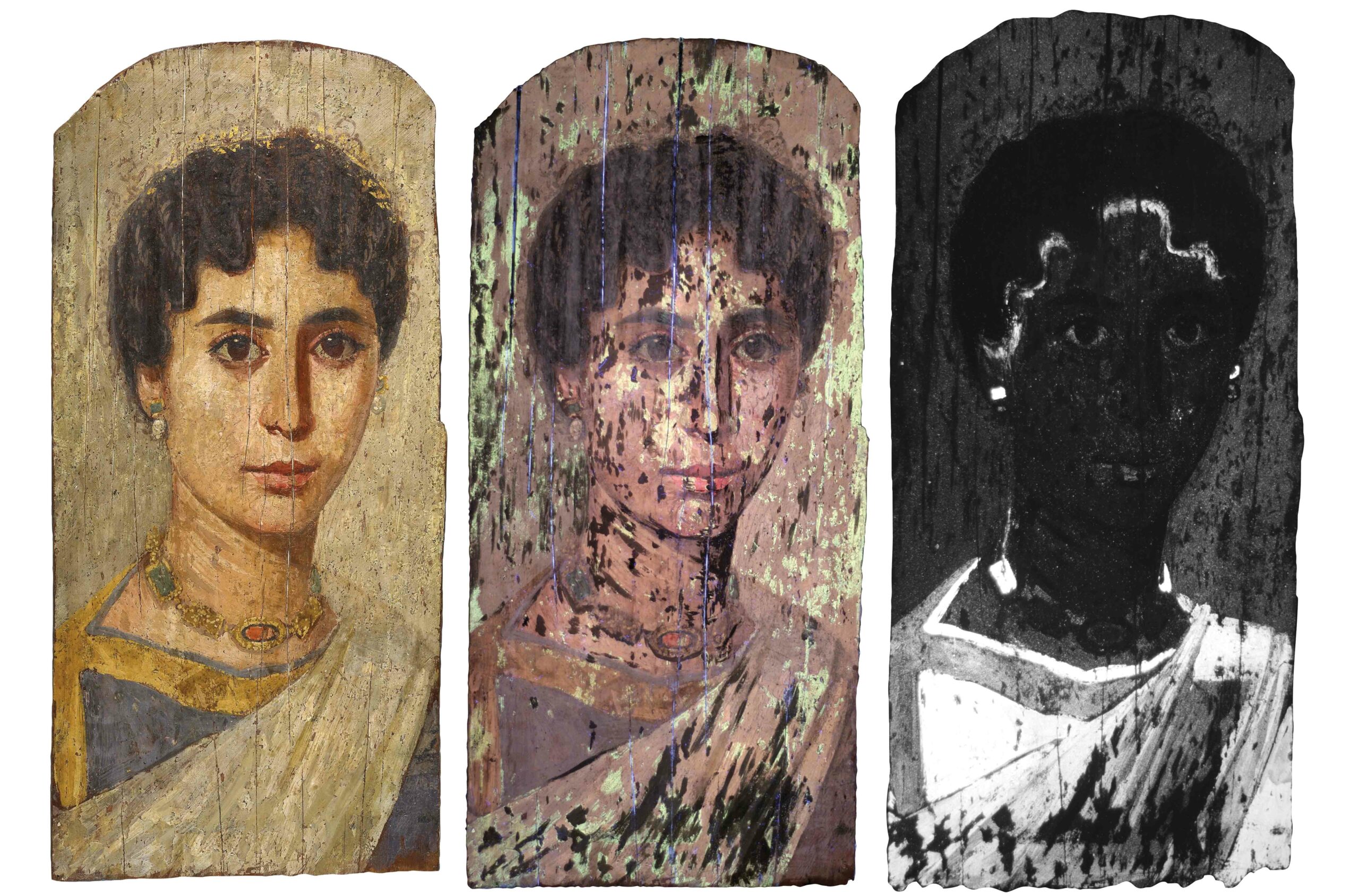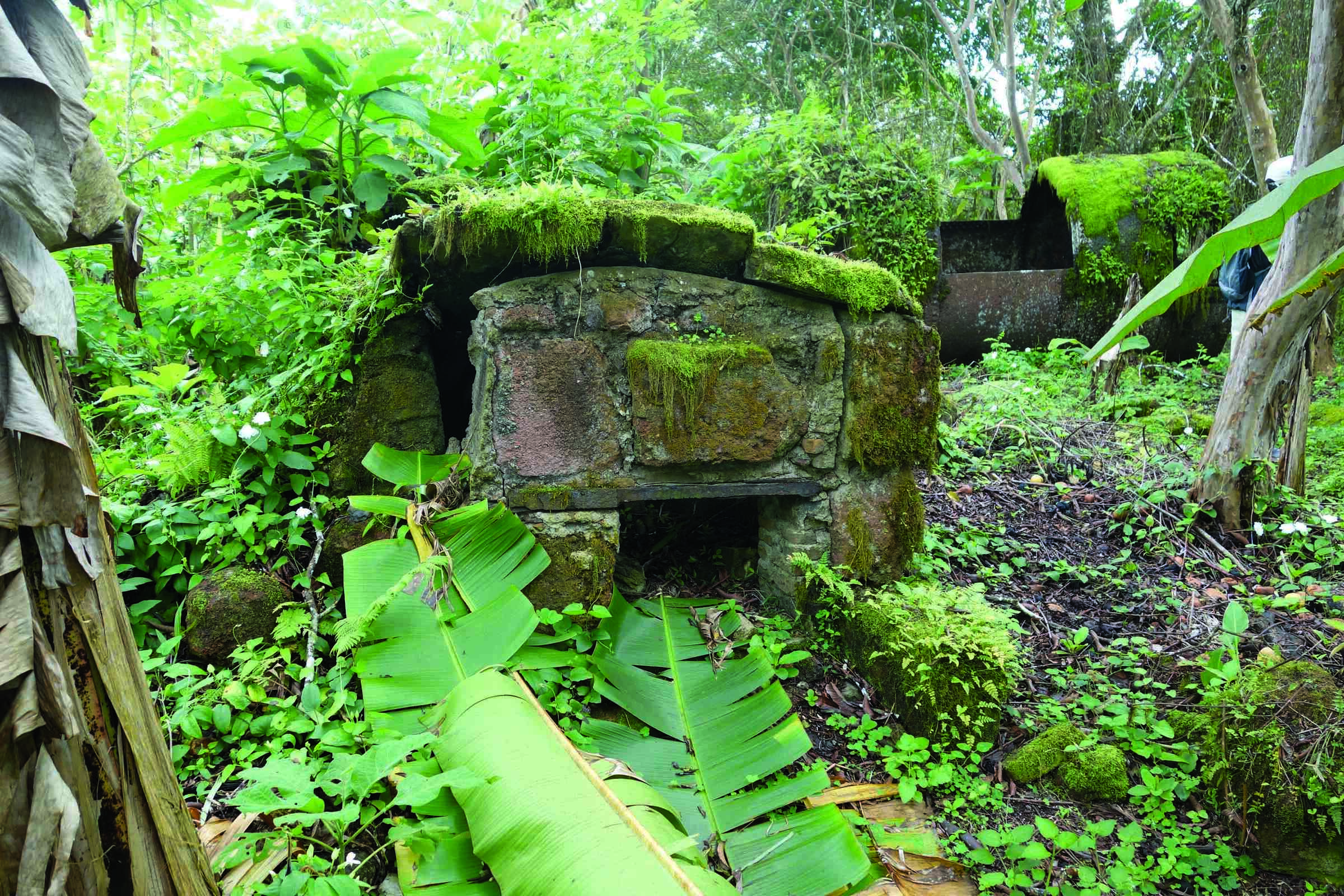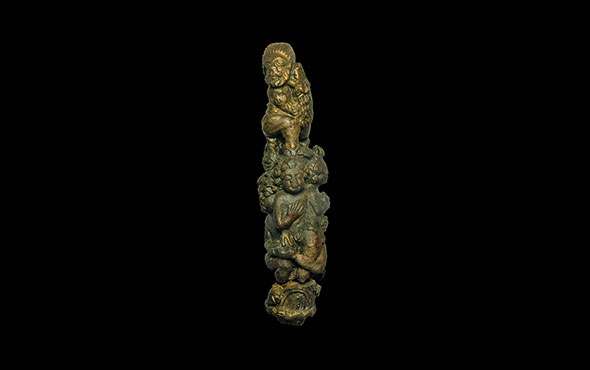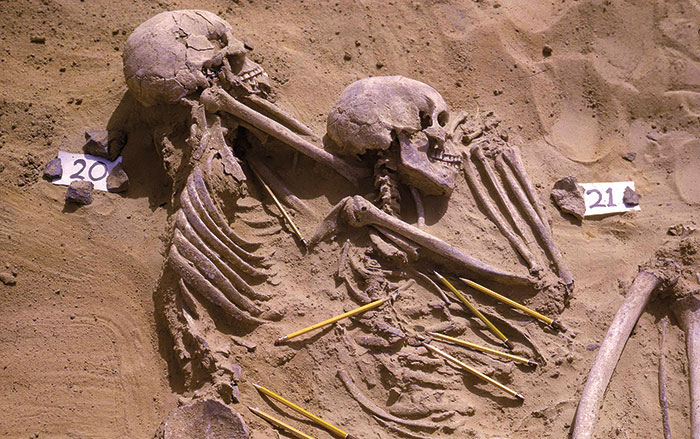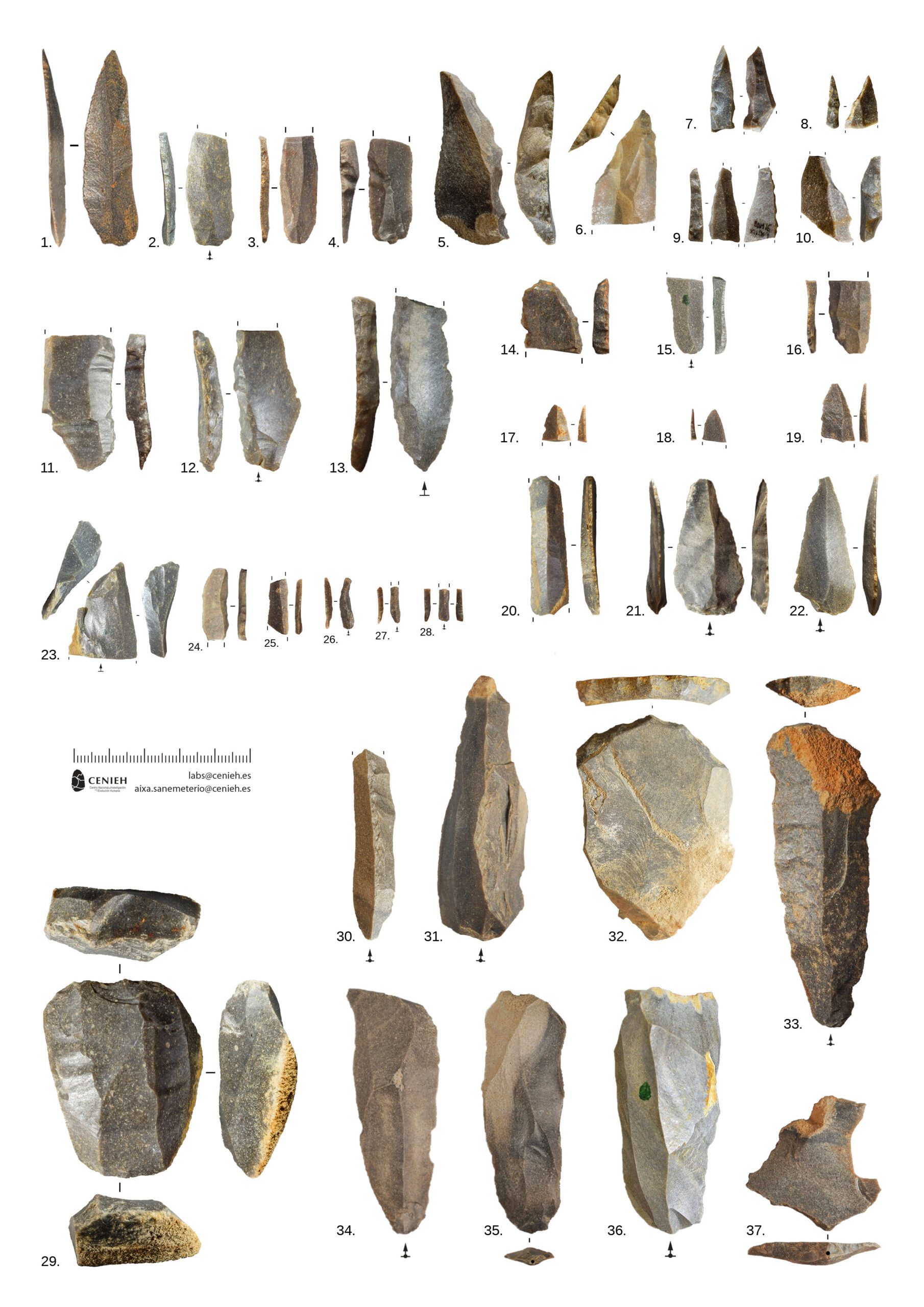
BILBAO, SPAIN—According to a statement released by the Public Library of Science, Joseba Rios-Garaizar of the Archaeological Museum of Bilbao and his colleagues examined more than 5,000 Châtelperronian tools unearthed at the Aranbaltza II site, which is located in the northern Iberian Peninsula. These tools have been dated to about 45,000 years ago. Châtelperronian tools are thought to have been crafted by Neanderthals living in France and the Iberian Peninsula. When the tools from Aranbaltza II were compared with tools from other Neanderthal sites in the region, Rios-Garaizar found that the Châtelperronian tools did not overlap with older types of Neanderthal tools. He suggests that the Châtelperronian tools may have been developed elsewhere and brought to the Iberian Peninsula by migrants—perhaps from France—who replaced an older Neanderthal population. Such local patterns of extinction and replacement could help researchers understand why all Neanderthals eventually died out, he added. Read the original scholarly article about this research in PLOS ONE. To read more about the association between Neanderthals and Châtelperronian tools, go to "Proteins Solve a Hominin Puzzle."


